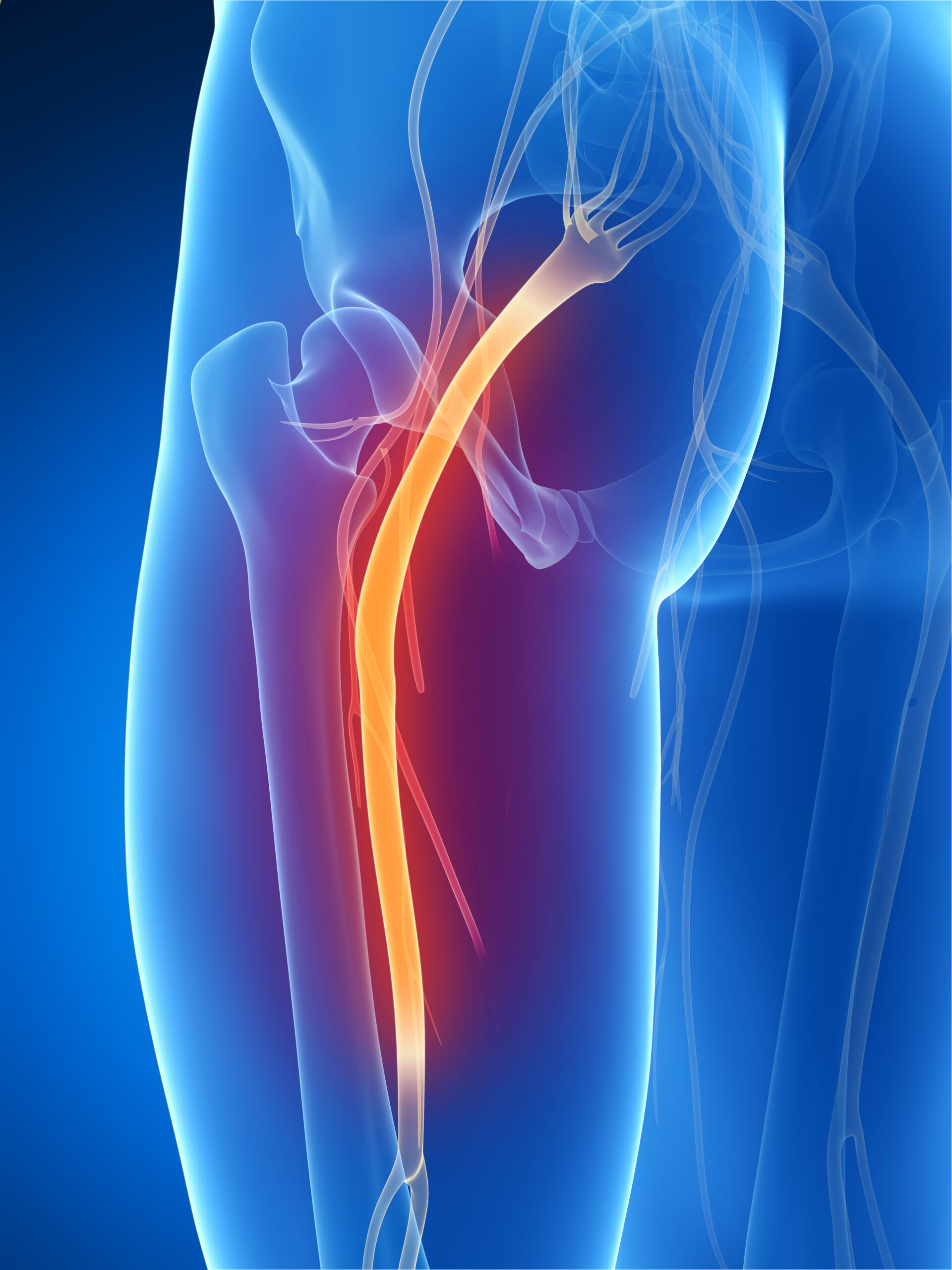Total knee arthroplasty (TKA), commonly known as knee replacement surgery, is a major orthopedic procedure aimed at relieving pain and restoring function in severely diseased knee joints. Managing postoperative pain is crucial for effective rehabilitation and patient satisfaction. Nerve blocks, which provide targeted pain relief by temporarily interrupting nerve signals, have become integral to postoperative pain management strategies in TKA. This article discusses the various types of nerve blocks used in the context of knee replacement surgery, each with its unique benefits and considerations.
The effective management of pain following TKA not only enhances patient comfort but also facilitates earlier mobilization and rehabilitation, which are critical for the success of the surgery. Nerve blocks reduce the need for systemic analgesics, such as opioids, which can have undesirable side effects like nausea, dizziness, and respiratory depression. Several nerve blocks are commonly employed for TKA, including the femoral nerve block, the adductor canal block, and the sciatic nerve block, among others.
Femoral Nerve Block
The femoral nerve block is one of the most commonly used techniques for pain management in TKA. This block provides excellent analgesia for the anterior and medial aspects of the knee, which are typically the most painful areas post-surgery. By injecting local anesthetic near the femoral nerve, this block effectively reduces pain during the immediate postoperative period. However, because the femoral nerve also controls some of the muscles that stabilize the knee, this block can sometimes lead to weaknesses in the quadriceps muscle, potentially affecting early mobilization.
Adductor Canal Block
The adductor canal block is a technique that targets nerves passing through the adductor canal, primarily the saphenous nerve, which innervates the medial aspect of the knee. Unlike the femoral nerve block, the adductor canal block spares the quadriceps muscles, thus maintaining muscle strength and facilitating early postoperative mobilization. This block is becoming increasingly popular as it effectively manages pain while preserving motor function, thereby supporting faster recovery and reducing the risk of falls.
Sciatic Nerve Block
The sciatic nerve block is not routinely used for all knee replacements but can be beneficial in patients who experience pain in the posterior aspect of the knee, which is not covered by the femoral or adductor canal blocks. The sciatic nerve block can be administered via different approaches, with the popliteal approach being the most common for TKA. This block is particularly useful in surgeries where there is expected to be significant manipulation or correction involving the posterior structures of the knee.
Continuous Peripheral Nerve Blocks
In addition to single-injection nerve blocks, continuous peripheral nerve blocks (CPNB) are also used, particularly for patients who are expected to experience severe pain postoperatively or those who have high pain sensitivity. CPNB involves the placement of a catheter near the nerve, through which local anesthetic can be continuously infused for several days. This method provides sustained pain relief and can be adjusted based on patient needs, which is particularly advantageous during the initial days of recovery when pain can be most intense.
Choosing the Right Nerve Block
The choice of nerve block is determined based on various factors, including the extent of the surgery, the patient’s pain tolerance, physical health status, and potential risks or side effects associated with the nerve block. Anesthesiologists and orthopedic surgeons work closely to select the most appropriate nerve block, considering both the benefits of pain relief and the imperative of early postoperative rehabilitation.
The integration of nerve blocks into pain management protocols for total knee arthroplasty represents a significant advancement in the field of orthopedic surgery. By effectively managing pain, nerve blocks not only improve patient comfort but also facilitate quicker recovery and rehabilitation, which are crucial for the long-term success of knee replacement surgeries. As research continues and techniques evolve, the application of nerve blocks in TKA is likely to become even more refined, offering tailored pain management solutions that enhance both immediate and long-term outcomes for patients.
